
Jeanne Antoinette Poisson, Marquise de Pompadour, commonly known as Madame de Pompadour, was a member of the French court. She was the official chief mistress of King Louis XV from 1745 to 1751, and remained influential as court favourite until her death.

Jeanne Bécu, Comtesse du Barry was the last maîtresse-en-titre of King Louis XV of France. She was executed by guillotine during the French Revolution on accusations of treason — particularly being suspected of assisting émigrés to flee from the Revolution. She is also known as "Mademoiselle Vaubernier".

The King's Daughters were the approximately 800 young French women who immigrated to New France between 1663 and 1673 as part of a program sponsored by King Louis XIV. The program was designed to boost New France's population both by encouraging Frenchmen to move to the New World, and by promoting marriage, family formation, and the birth of French children in the colony. The term refers to those women and girls who were recruited by the government and whose travel to the colony was paid for by the king. They were also occasionally known as the King's Wards.

Joanna of Bourbon was Queen of France by marriage to King Charles V. She acted as his political adviser and was appointed potential regent in case of a minor regency.
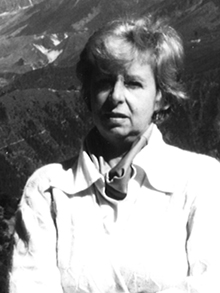
Suzanne Chouinard Martel was a French Canadian journalist, novelist and children's writer.
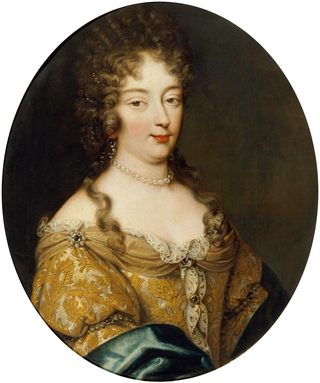
Olympia Mancini, Countess of Soissons was the second-eldest of the five celebrated Mancini sisters, who along with two of their female Martinozzi cousins, were known at the court of King Louis XIV of France as the Mazarinettes because their uncle was Louis XIV's chief minister, Cardinal Mazarin. Olympia was later to become the mother of the famous Austrian general Prince Eugene of Savoy. She also involved herself in various court intrigues including the notorious Affair of the Poisons, which led to her expulsion from France.

Charlotte Aglaé d'Orléans was Duchess of Modena and Reggio by marriage to Francesco III d'Este. She was the third daughter of Philippe II, Duke of Orléans and his wife, Françoise-Marie de Bourbon. She was born a princesse du sang, and had ten children, including Ercole III d'Este, Duke of Modena.

Françoise Marie de Bourbon was the youngest illegitimate daughter of King Louis XIV of France and his maîtresse-en-titre, Françoise-Athénaïs de Rochechouart, Marquise de Montespan. At the age of 14, she married her first cousin Philippe d'Orléans, the future regent of France during the minority of Louis XV. Through two of her eight children, she became the ancestress of several of Europe's Roman Catholic monarchs of the 19th and 20th centuries—notably those of Belgium, Italy, Portugal, Spain, and France.

Louise Françoise, Duchess of Bourbon was the eldest surviving legitimised daughter of Louis XIV of France and his maîtresse-en-titre Françoise-Athénaïs, Marquise de Montespan. She was said to have been named after her godmother, Louise de La Vallière, the woman her mother had replaced as the king's mistress. Before her marriage, she was known at court as Mademoiselle de Nantes.

Louise Élisabeth de Bourbon was a daughter of Louis III de Bourbon, Prince of Condé, and his wife, Louise Françoise de Bourbon, légitimée de France, a legitimised daughter of King Louis XIV of France and his famous mistress, Madame de Montespan.
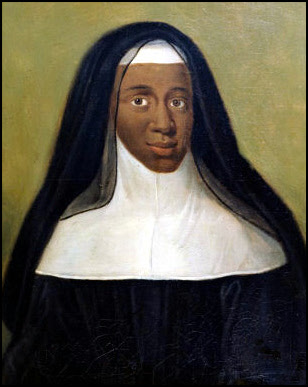
Louise Marie-Thérèse, also known as The Black Nun of Moret, was a French nun and the subject of accounts from the 18th century in which she was dubiously claimed to be the daughter of the Queen of France, Maria Theresa of Spain. Her existence is mentioned in several different sources.
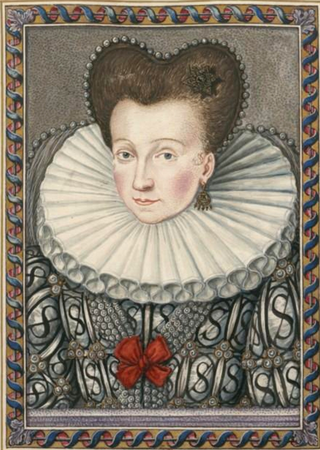
Françoise d'Orléans-Longueville, Princess of Condé was the second wife of Louis de Bourbon, Prince of Condé, a "Prince du Sang" and leader of the Huguenots during the French Wars of Religion.

Françoise Madeleine d'Orléans was born a Princess of France and was the Duchess of Savoy as the first wife of Charles Emmanuel II. She was a first cousin of Louis XIV as well of her husband. She was the shortest-serving Savoyard consort, dying at the age of fifteen, childless.
Louise de Maisonblanche, was a French noblewoman, the illegitimate daughter of Louis XIV, King of France and his mistress, Claude de Vin des Œillets. She became the Baroness of La Queue by her marriage to Bernard de Prez.

Jeanne Baptiste d'Albert de Luynes, comtesse de Verrue was a French noblewoman and the mistress of Victor Amadeus II of Sardinia.

Guy Mazeline was a French writer, winner of the prix Goncourt in 1932 for his novel Les Loups, surprisingly winning against Voyage au bout de la nuit by Louis-Ferdinand Céline.
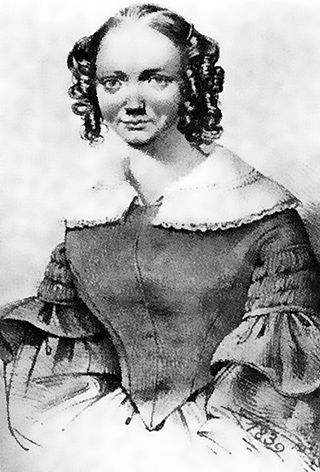
Suzanne Monnier Voilquin was a French feminist, journalist, midwife, traveler and author, best known as editor of Tribune des femmes, the first working-class feminist periodical, and her memoirs, Souvenirs d’une fille du peuple: ou, La saint-simonienne en Égypt.

Christiane Duchesne is a Quebec researcher, educator, illustrator, translator and writer.
Marie-Francine Hébert is a Canadian author from Quebec.
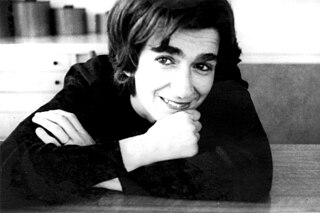
Monique Corriveau was an award-winning Canadian writer living in Quebec. She mainly published books for young people.


















